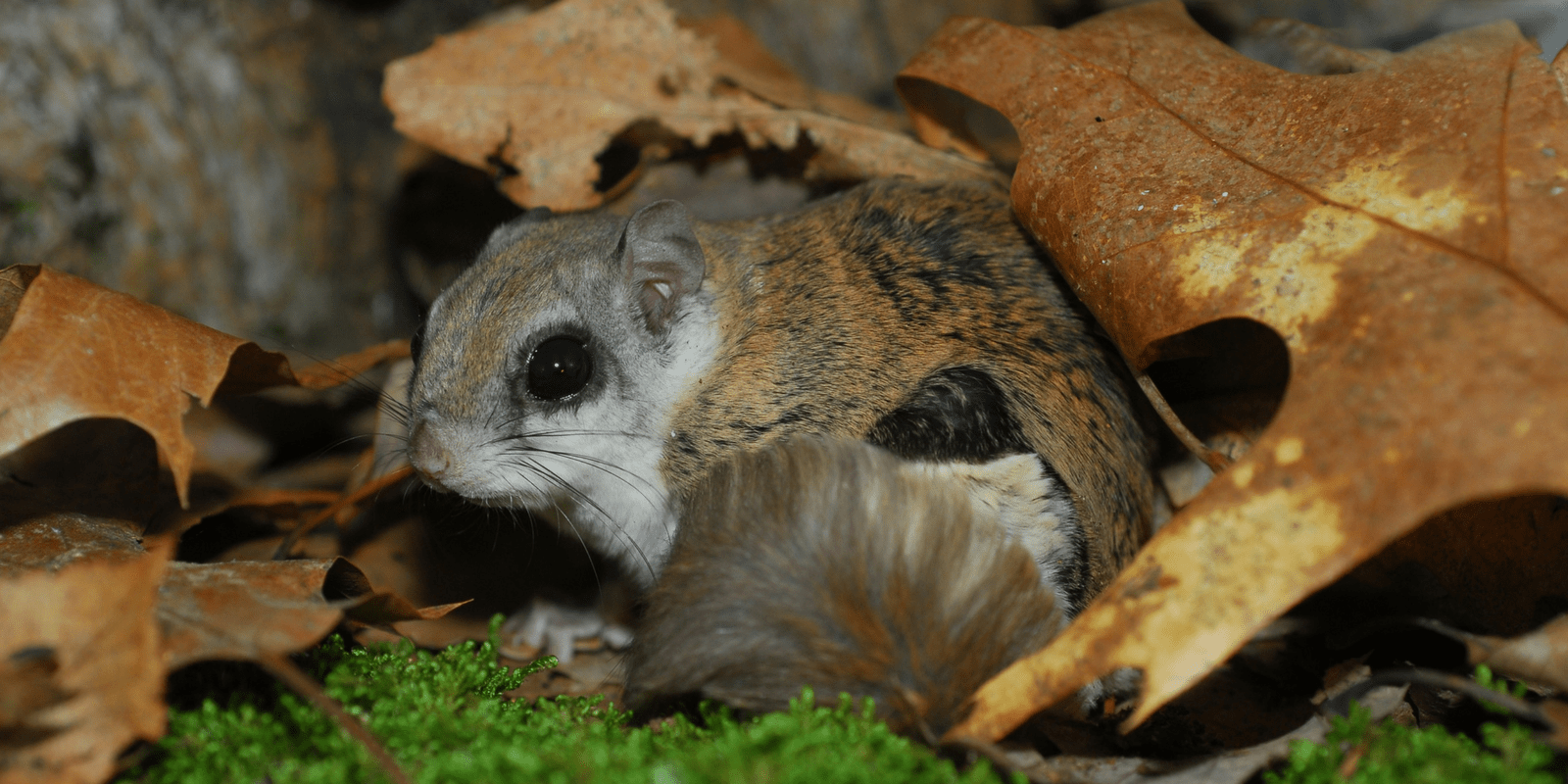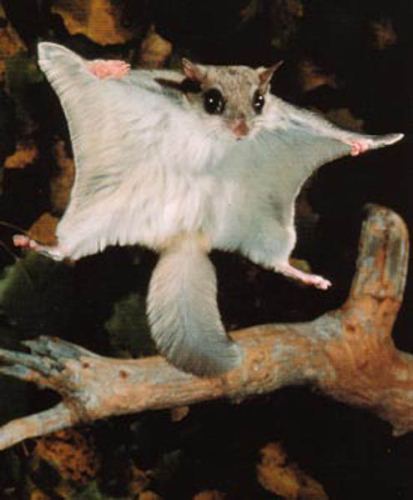

I only saw glimpses of cute face a couple of times, but did notice the big eyes–it was either a baby or something I hadn’t seen before in all my years in the woods of Maine. After herding it into a plastic bucket, I wrapped the whole thing in a bath towel and carried it into my woods to release it. I AM a local Mainer, so know to protect myself from possible defensive gestures. Many thanks to Fred Gralenski for his piece about Flying Squirrels! I just had the prifilege of rescuing one who was trapped in a corner in the house by my cat. That’s probably good fodder for some dreamer in Brooklyn, but I hope our local folk, who are more likely to find a compromised wild animal, know better. I cringe when I see an episode in the allegedly educational nature cartoon ‘Mark Trail’ where some character calmly carries an injured wild beaver under his arm, petting it while he brings it to the vet. Each animal has his own personality, and there are some that may not bite. Timid and among the most docile of mammals that we have here, some writers state that the flying squirrel won’t bite if handled. The breeding season of the Northern Flying squirrel usually begins in late March, and there is only one litter of about three per year that are born in the summer. It has been shown that the spores of some lichens and fungi pass unmodified through the digestive tract of flying squirrels, effectively propagating these organisms that are so necessary to the ecology of the forest. Reportedly Indians would not eat flying squirrels because they ‘ate dirt’.

In the wild our flying squirrels will eat just about any type of seed or anything else, but their normal diet consists of a lot of arboreal and subterranean lichens and fungi. And what do they eat? I have seen them on our birdfeeders and at times they feast on the black oil sunflower seeds and at other times on the suet. Flying squirrels have figured out that if they add fat reserves they glide like a quarter pound of butter, so they stay pretty lean all winter. If they do store food do they all store food together and all get to share? They are active in temperatures below –20 deg F, but do not hibernate or enter torpor (like their Southern cousins). There is disagreement among references as to whether or not this critter stores food. There is agreement among references that these flying squirrels are gregarious and during cold temperatures as many as a half dozen may nest together in a cozy pile of ‘Old Man’s Beard’ high up in a spruce tree, or in a hollow tree, or in a woodpecker hole, or birdhouse, or, if tolerated, in our house or barn. Its winter survival here (even when we did have winters), is pretty intriguing. Our flying squirrel is the generally accepted subspecies G. How they first learn to do this is another one of nature’s mysteries. At the end of their glide they swoop into a stall condition and make a very controlled four point landing, immediately scamper to the other side of the tree then peek around with their big eyes to see if anything saw them. On a calm day (night) they can glide about 2 ½ times the distance of their launch, i.e., if they launch from a 50 foot tree they can traverse about 125 feet horizontally. Around here this squirrel is sometimes called a ‘Night squirrel’ the French Canadians call it ‘Grand Polatouche’ the First Nation call it ‘Assapanick’ but my Passamaquoddy reference book lists only generic squirrel, ‘Mihku’.įlying squirrels don’t fly, but they are very good at gliding. There are 25 subspecies of the Northern Flying squirrel, and not all are recognized as such by wildlife biologists. The Southern variety prefers a more deciduous habitat, and there is a precarious population being studied in southern Nova Scotia. The literature is a little contradictory as to whether we have both species here in the Quoddy region, but we probably just have the Northern Flying squirrel. There are two species of flying squirrels in North America, the Northern Flying squirrel Glaucomys sabrinus, which is the larger of the two species and comes in at a plump 4 ounces (which is about half the weight of our Red Squirrel), and the Southern Flying squirrel Glaucomys volans, which tips the scale at about 2 ½ ounces. They are quite common, but since their normal hours of business are from dusk to about midnight we don’t see them very often. Flying squirrels are a cute but mysterious critter that we have here in the Quoddy region.


 0 kommentar(er)
0 kommentar(er)
